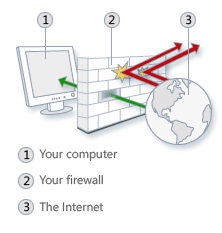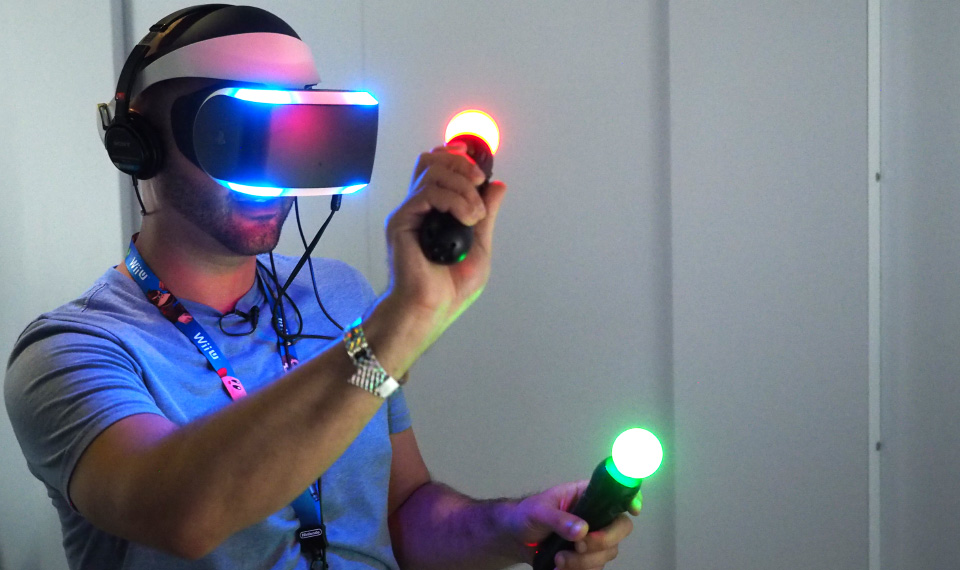The last decade has shown a trending shift towards Apple products, and especially iPhones. With most of these products, comes an Intelligent Personal Assistant called Siri.
Siri is and AI system installed on iPhones, iPods, and iPads, that helps automate some of their functions, but also helps the users perform small day-to-day tasks more easily, and also serves as a search engine.
In contrast to other intelligent personal assistants like Windows's Cortana, Siri is more interactive, in the sense that it somewhat participates in dialog, seems to possess a sense of humor / a keen sense of wit. One of my favorite examples is when a user asked Siri: "Who's taller? Kobe Bryant or LeBron James?" and Siri's response was: "If you squint, you can see that LeBron James is slightly taller."
Now how can a computer system have humor? Phrased that way, the answer is, it can't. Perhaps a more proper question would be, "Where does this system find these witty responses?" The short answer is, it has been programmed to follow a specific algorithm. More specifically:
How Siri works is (in a simplified model) it takes the inputted text (or sound which it then converts to text), parses it, and looks for keywords that signify commands (e.g. "search", "call", "message") - not much unlike what a compiler does ;) . Then, it decides whether or not this information corresponds to the phone's/tablet's local database of commands/actions (e.g. "Write", "Send", or a name), or if it is more accurately described as a global problem(e.g. temperature in Chicago), that would require retrieving information from a global database. (This sounds a lot like a boolean expression!)
If it is a local command, it goes through the local database, executes the command, and outputs the result. Otherwise, if it cannot recognize the command as something local, it connects to Apple's servers and accesses their database, then links what it finds to the local database, and continues to execute and output the result.
In this simplified explanation of how Siri works, it is not much unlike any other computer program which takes an input and, through an algorithm, outputs a result or answer.
If you are interested in more details about how Siri works, thee first two links in my references are very interesting.
References:
- https://www.quora.com/How-does-Siri-work-2
- http://electronics.howstuffworks.com/gadgets/high-tech-gadgets/siri.htm
- https://www.youtube.com/watch?v=loOHmMFVJcE
- http://intelligentpersonalassistants.blogspot.com/
Image Reference: https://www.google.com/search?q=Siri&biw=2144&bih=1084&tbm=isch&source=lnms&sa=X&ved=0ahUKEwjVjeuQ6oPPAhVDHR4KHUtgAlsQ_AUICCgD&dpr=0.9#imgrc=YBUpF0WL22PW6M%3A

















